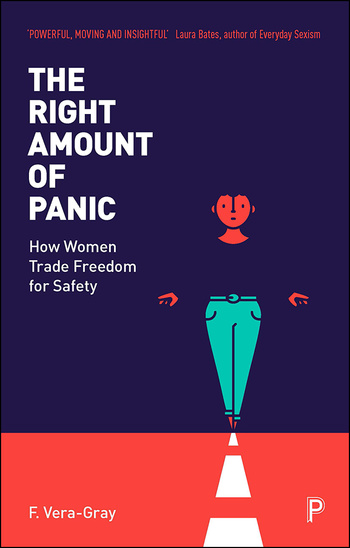Last week, Saorise Ronan opened up about her now viral comments on women’s safety, made in October on the Graham Norton show. Her causal, “that’s what girls have to think about all the time” response to the joking disbelief of four men that they would ever evaluate everyday objects – in this case their phones – for their self-defence capabilities, stunned the men beside her into silence and struck a chord with women and girls worldwide.
Speaking to Today in the US on Friday, Ronan said she didn’t expect her comments to have had such an impact – that she made points like this all the time with her friends and had even made a conscious decision to be more vocal about it since the murder of Sarah Everard. In reflecting on why her words resonated in the way that they did, she thought it was about making the everyday, visible: “I think people have needed something like this, on a platform like that to go, ‘ok, we can talk about this now”.
Earlier this year, another viral moment showed something similar, in the man vs bear debates on TikTok. As woman after woman gave multiple reasons for why they’d rather meet a bear in the woods than a man, it brought to the surface – like Ronan’s comments – something that Liz Kelly calls ‘safety work’. This is the invisible work that most women do daily to prevent, avoid, dismiss or downplay the threat and reality of violence. It’s something I’ve been thinking about for over a decade.
During the 1970s and 80s, the sociologist Pamela Fishman helped develop the concept of ‘invisible work’ in her research on gender in casual conversations. Fishman found an asymmetrical division of labour in talk between heterosexual couples with women doing the main work of the conversation, asking questions, ensuring it flowed smoothly, even if this meant they had to adopt a backseat in relation to their own views being heard. Such labour, Fishman argued, was made invisible because it was related to what constitutes being a woman. She claimed that when such work becomes what a woman is, the idea that it is work is obscured – in other words it’s no longer seen as what women do but part of what they are. The same is true for safety work. And it’s a large part of why it’s been so hard to talk about it.
Back in 2012 when I first started researching it, the range and extent of such work was largely hidden, even as it took up so much of our time. Women would talk about the ways they habitually limited themselves, restricting their activities, what they wore, where they went. Clutching keys and phones in their hands like a weapon. Trying to take up less space, to be less seen, less heard.
It’s not that other people don’t also perform safety work; the work itself isn’t only for women and girls. But there is something gendered going on in terms of its requirement – women are required to do it in a particular way and made responsible for what happens if they don’t. Safety work for women is a catch-22: everyday decisions seen on the one hand as ‘common sense’ but on the other, as an overreaction. Panic too much and you’re paranoid; don’t panic enough and you’re to blame. It’s a constant balancing act between our freedom and safety. No wonder it’s been so unspoken.
Ronan’s comments hit a nerve because they named this in a way that can’t be unseen: how something that seems so absurd to most men is part of most women’s daily routine.
Dr Fiona Vera Gray teaches on London Met’s Women and Child Abuse MA within the School of Social Sciences and Professions.
 The Right Amount of Panic by Fiona Vera-Gray is available on the Bristol University Press website. Order here for £14.99.
The Right Amount of Panic by Fiona Vera-Gray is available on the Bristol University Press website. Order here for £14.99.
Bristol University Press/Policy Press newsletter subscribers receive a 25% discount – sign up here.
Follow Transforming Society so we can let you know when new articles publish.
The views and opinions expressed on this blog site are solely those of the original blog post authors and other contributors. These views and opinions do not necessarily represent those of the Bristol University Press and/or any/all contributors to this site.
Image Amanda Marie via Unsplash.


